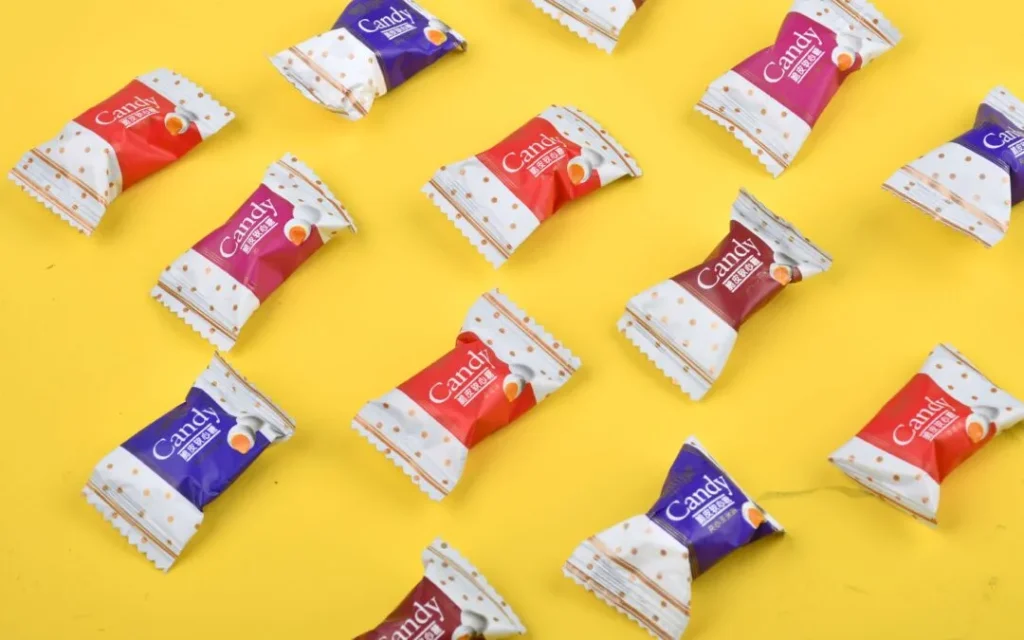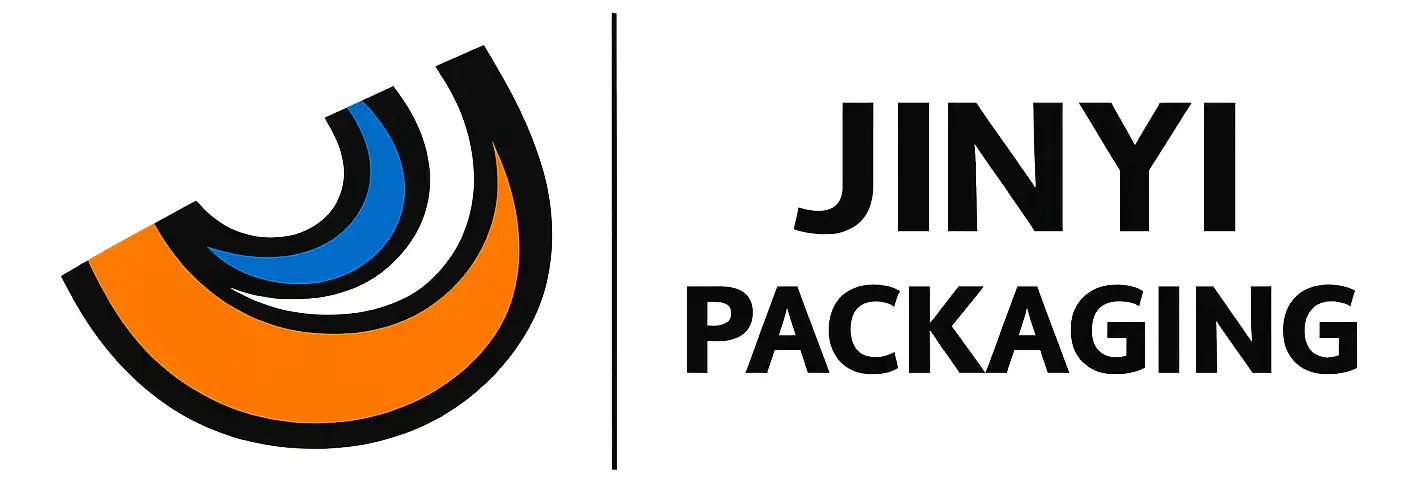Flexible Food Packaging Films: Keep Food Fresh, Flexible & Sustainable
Home » Industry-News » Flexible Food Packaging Films: Keep Food Fresh, Flexible & Sustainable

Introduction
Flexible food packaging films have transformed the way modern food brands protect, store, and present products. Instead of relying on bulky rigid containers, more companies now choose flexible packaging to deliver freshness, reduce waste, and meet consumer demands for convenience. If you want packaging that works harder for your brand, flexible films may be exactly what you need.
In this updated guide, you’ll learn how flexible food packaging films work, what types are available, and how to choose the right solution for your products. You’ll also see how sustainable options are shaping the future of food packaging.
What Makes Flexible Food Packaging Films So Effective?
A good flexible packaging film does more than wrap food. It protects against moisture, oxygen, and contamination while showing off your branding with clear, attractive printing. Unlike rigid packaging, flexible films bend and conform to your product’s shape, which means they save space and cut shipping costs.
Brands worldwide rely on flexible food packaging films to extend shelf life and maintain food safety. For example, snack bags, frozen food wraps, and vacuum-sealed pouches all use flexible materials to keep food fresh and appealing.
Popular Types of Flexible Food Packaging Films
Choosing the right film depends on the food you pack and the protection it needs. Here’s a quick overview of common options:
PE Films: Great for frozen food, bread bags, and bulk liners. They’re flexible, low-cost, and easy to seal.
BOPP Films: Ideal for snacks like chips and candy. They provide excellent clarity and printability.
PET Films: These films handle heat well and work for microwaveable meals or ready-to-eat foods.
Nylon Films: Perfect for vacuum-sealed meats or cheese. They offer strong puncture resistance.
Multi-layer Laminates: When you need the best barrier protection, laminates combine layers for maximum freshness—think coffee, tea, or powdered milk.
To see which option suits your products, check our food packaging film rolls.
How Flexible Food Packaging Films Are Made
Manufacturers produce flexible food packaging films through several careful steps. First, they melt and extrude raw plastic resins into thin sheets. Then, they stretch certain films, like BOPP, to improve strength and clarity. After that, high-quality printing adds branding and product information. Many food films combine multiple layers through lamination, which increases durability and barrier protection. Finally, the films are slit or converted into bags and pouches ready for food packaging lines.
Because each food product has different needs, brands often choose custom flexible food packaging film solutions for better results.
Benefits for Brands and Consumers
Switching to flexible packaging offers clear advantages. Besides longer shelf life, flexible films lower shipping costs due to reduced weight and space requirements. Clear windows, glossy finishes, and vivid graphics help your products stand out on crowded shelves. Consumers also appreciate easy-open, resealable designs, which add value to everyday food products.
According to the Flexible Packaging Association, this segment remains the fastest-growing in the packaging industry because it combines protection, sustainability, and branding power.
Sustainability Trends in Flexible Food Packaging
Many brands worry about plastic waste. Fortunately, flexible food packaging films are evolving fast. More producers now choose recyclable mono-material films or bio-based options like compostable PLA. Others use lightweight structures to reduce raw material use while keeping barrier strength high.
At Jinyi Packaging, we help partners find practical ways to cut waste without compromising performance. If sustainability is a priority for your brand, we can guide you through eco-friendly flexible packaging choices that meet today’s standards and regulations.
How to Choose the Right Flexible Food Packaging Film
Finding the best flexible film means balancing protection, presentation, and cost. Start by asking these questions:
What barriers does your product need? Moisture, oxygen, and light protection vary by food type.
How will the film perform on your packing line? Make sure it seals well and runs smoothly.
Will your graphics look sharp? High-quality printing helps products pop on store shelves.
Do you need sustainable options? Many clients now switch to recyclable or compostable films.
Does the film meet food safety standards? Always confirm FDA or EU food-grade compliance.
If you’re unsure, a professional supplier can recommend the best film for your market and budget. Learn more about how flexible packaging works.
Frequently Asked Questions
To make your search easier, here are a few common questions buyers ask:
Q: Can flexible packaging films be recycled?
Some flexible films, like PE-only structures, are easier to recycle. Ask us about mono-material options that work with existing recycling systems.
Q: Do you offer custom printing and sizes?
Absolutely. We specialize in high-quality flexographic and gravure printing, plus custom dimensions and thickness.
Q: What’s the typical order size?
Most flexible food packaging film orders start at 500 kg or about 10,000 pieces, depending on your needs.
Q: How long does production take?
Generally, you can expect 15–20 days for production plus shipping time. We’ll confirm timelines during your order process.
Why Work With Jinyi Packaging?
We’re not just another flexible food packaging film manufacturer. With years of experience, modern machinery, and a dedicated team, we deliver custom solutions for food brands across Southeast Asia, Europe, and North America. Our factory guarantees strict quality checks, fast lead times, and competitive pricing.
Ready to Upgrade Your Flexible Food Packaging Film?
If you’re looking for a reliable partner to help you keep food fresh while saving costs and staying sustainable, we’re here to help.
👉 Contact Jinyi Packaging today to discuss your flexible food packaging film project!
Related Products
https://jyflexpack.com/product/aluminum-plastic-film-roll-food-packaging/
https://jyflexpack.com/product/potato-chips-packaging-bag/

